revid
TPF Noob!
- Joined
- Dec 27, 2010
- Messages
- 32
- Reaction score
- 0
- Can others edit my Photos
- Photos NOT OK to edit
Hi guys(gals),I have a nikon d7000 and always wanted to do some macro photography or atleast some real closeups.I have a nikkor 18-105 3.5,tamron 17-50 2.8 and a nikkor 70-300 vr 4.5 now.Would like some suggestions and also what makes a macro lens a macro lens?I know it sounds stupid but I see some lens with the same numbers as a lens thats called a macro.


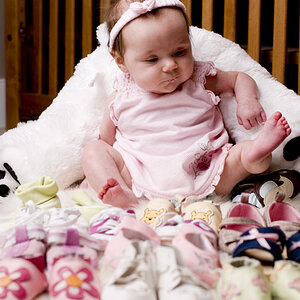
![[No title]](/data/xfmg/thumbnail/32/32150-7445fc014b4b484b24ba067189aa45b6.jpg?1619735233)
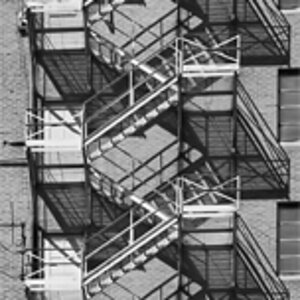
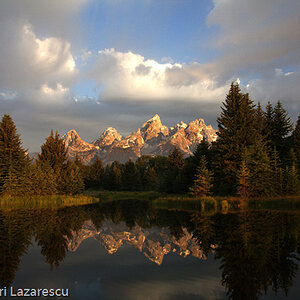
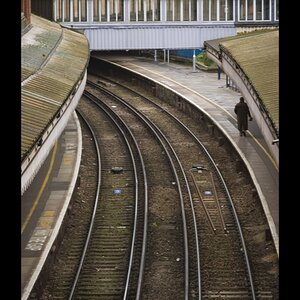
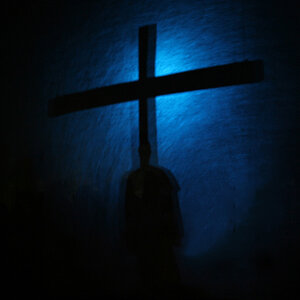
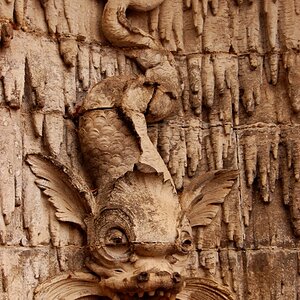
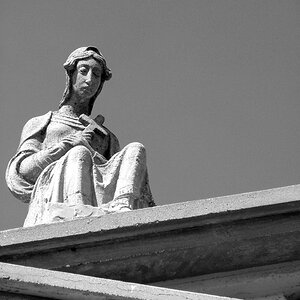

![[No title]](/data/xfmg/thumbnail/31/31978-02cde49248ebdf1b82fba5c899e08378.jpg?1619735136)
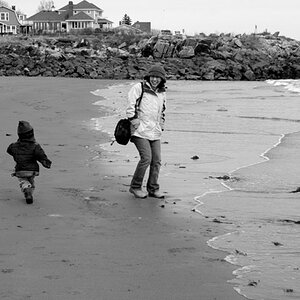
![[No title]](/data/xfmg/thumbnail/31/31980-e5048a424621c7b3cd0d306d63c09d67.jpg?1619735137)